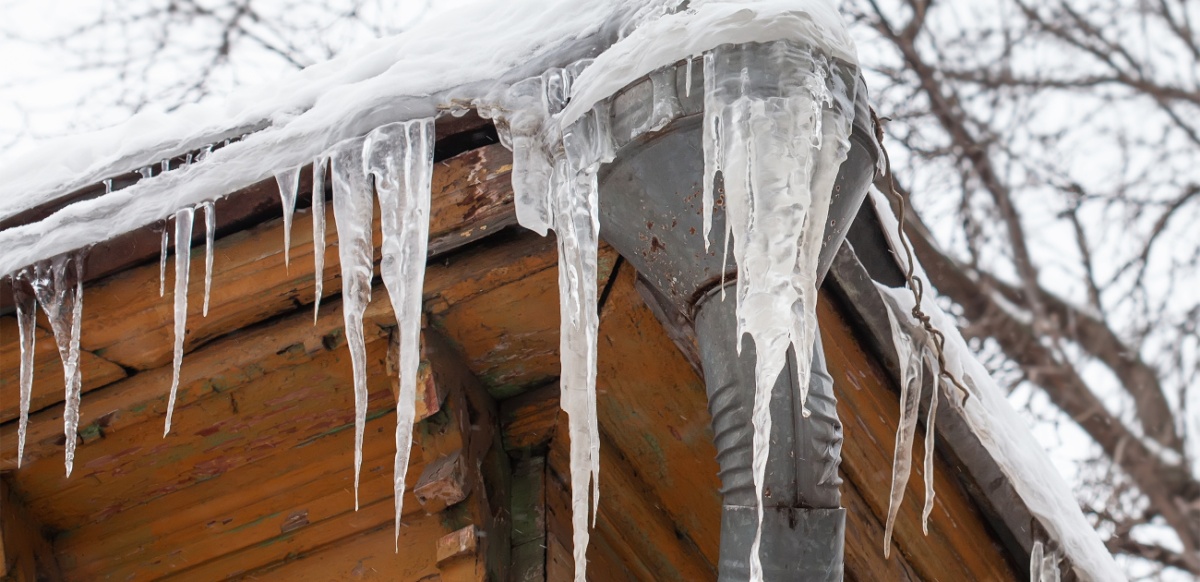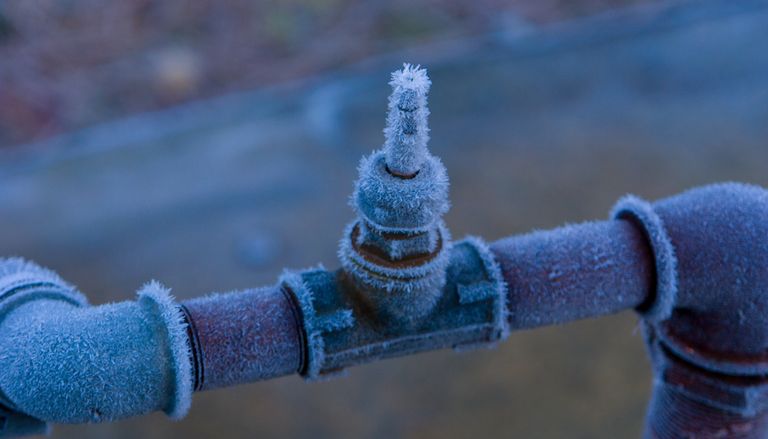We've found this great article on Prevent Frozen Pipes below on the internet and decided it made good sense to share it with you on this page.

Cold weather can wreak havoc on your pipes, specifically by freezing pipes. Below's exactly how to stop it from taking place and what to do if it does.
Introduction
As temperatures decrease, the danger of icy pipes increases, possibly causing pricey repair services and water damage. Recognizing exactly how to stop icy pipes is important for homeowners in cool climates.
Recognizing Frozen Pipelines
What creates pipelines to freeze?
Pipelines freeze when exposed to temperature levels below 32 ° F (0 ° C) for expanded periods. As water inside the pipelines ices up, it increases, taxing the pipeline wall surfaces and possibly triggering them to rupture.
Risks and damages
Icy pipelines can lead to water supply disruptions, building damage, and expensive fixings. Ruptured pipelines can flood homes and cause substantial architectural damage.
Indicators of Frozen Pipeline
Recognizing icy pipes early can avoid them from rupturing.
How to recognize icy pipelines
Try to find decreased water circulation from faucets, unusual odors or noises from pipelines, and noticeable frost on subjected pipes.
Avoidance Tips
Insulating at risk pipes
Cover pipes in insulation sleeves or make use of heat tape to secure them from freezing temperatures. Focus on pipelines in unheated or exterior locations of the home.
Home heating strategies
Maintain interior areas effectively heated up, especially locations with pipes. Open cabinet doors to enable warm air to distribute around pipelines under sinks.
Protecting Outdoor Plumbing
Garden hose pipes and outside faucets
Disconnect and drain pipes yard hoses before winter season. Set up frost-proof spigots or cover outside faucets with insulated caps.
What to Do If Your Pipes Freeze
Immediate actions to take
If you presume icy pipelines, keep faucets open to ease pressure as the ice thaws. Use a hairdryer or towels taken in warm water to thaw pipes slowly.
Long-Term Solutions
Architectural adjustments
Take into consideration rerouting pipes far from exterior wall surfaces or unheated locations. Include added insulation to attics, basements, and crawl spaces.
Updating insulation
Invest in premium insulation for pipes, attic rooms, and wall surfaces. Appropriate insulation helps preserve constant temperature levels and decreases the threat of frozen pipes.
Final thought
Preventing frozen pipelines calls for proactive procedures and fast actions. By understanding the reasons, indicators, and preventive measures, property owners can secure their pipes during winter.
6 Proven Ways to Prevent Frozen Pipes and Protect Your Home
Disconnect and Drain Garden Hoses
Before winter arrives, start by disconnecting your garden hoses and draining any remaining water. Close the shut-off valves that supply outdoor hose bibs and leave the outdoor faucet open to allow any residual water to drain. For extra protection, consider using faucet covers throughout the colder months. It’s also important to drain water from any sprinkler supply lines following the manufacturer’s directions.
Insulate Exposed Pipes
Insulating your pipes is an effective way to prevent freezing. Pipe insulation is readily available at home improvement stores and is relatively inexpensive. Pay close attention to pipes in unheated areas such as the attic, basement, crawl spaces, or garage. Apply foam insulation generously to create a buffer against the cold. You can also wrap your pipes in heat tape or thermostat-controlled heat cables for added warmth.
Seal Air Leaks
Inspect your home for any cracks or openings that could let in cold air. Seal any holes around the piping in interior or exterior walls, as well as the sill plates where your home rests on its foundation. Additionally, make sure to keep your garage door closed unless you’re entering or exiting. Leaving it open creates a significant air leak that can lead to frozen pipes.
Allow Warm Air Circulation
During cold snaps, it’s essential to allow warm air to circulate evenly throughout your home. Leave interior doors ajar to promote better airflow. Open kitchen and bathroom cabinets to help distribute heat consistently around the rooms. If you have small children or pets, be sure to remove any household chemicals or potentially harmful cleaners from open cabinets for safety.
Let Faucets Drip
A small trickle of water can make a big difference in preventing ice formation inside your pipes. When temperatures drop significantly, start a drip of water from all faucets served by exposed pipes. This continuous flow helps prevent the water from freezing. Additionally, running a few faucets slightly can relieve pressure inside the pipes, reducing the chances of a rupture if the water inside does freeze.
https://choateshvac.com/6-proven-ways-to-prevent-frozen-pipes-and-protect-your-home/

I found that blog posting about 6 Ways to Prevent Frozen Pipes while browsing on the web. Sharing is good. You won't know, you will be doing someone a favor. Thanks for your time invested reading it.
Get Estimate